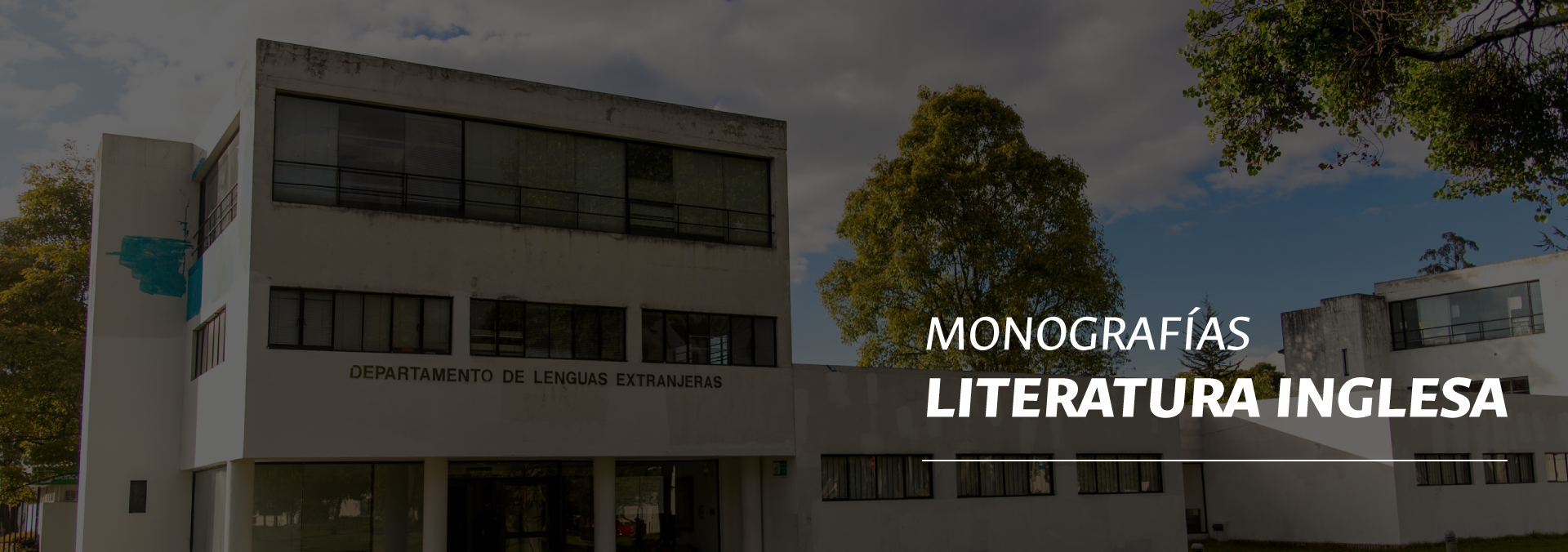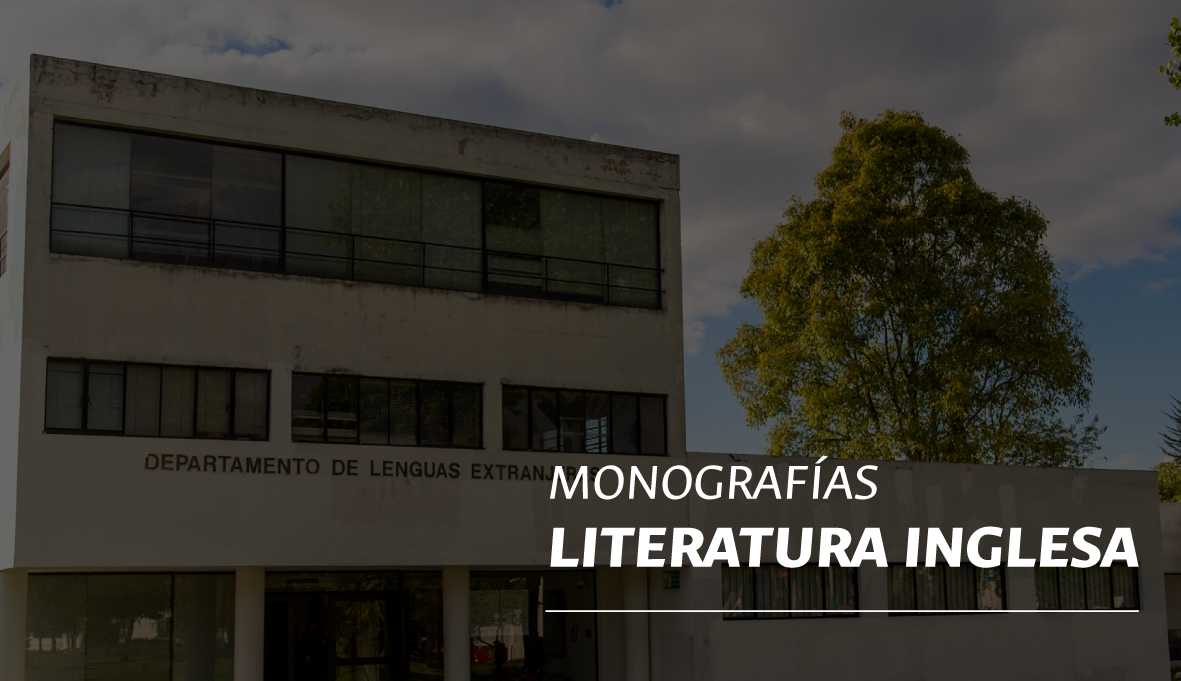The Aesthetics of the Constant Mutability of Verbal Creation in Virginia Woolf’s The Waves
Laura Catalina Arias Barragán
Abstract
This study presents a reading of The Waves by Virginia Woolf as an account of her aesthetics, created with the voices that constitute the novel as well as the explicit manifestation of it by means of its architectonic form. The aesthetics proposed is based upon the constant mutability in which verbal creation comes to life. Thus, the novel explores the limits of language in creating art, and the limits between literaryness and reality. The material and content are analyzed from an approach to the interludes and the soliloquies in order to understand how these are actualized in the form in order to present the aesthetics of the characters and become a portrayal of the aesthetics in the novel itself. This way, the absolutes in life and literature are demolished, presenting the waves that move within the characters while facing the waves of the shifting society they live in and the literal waves that allow the metaphor.
Keywords
Aesthetics, architectonic form, mutability, polysemy, verbal creation, literary truth.
References
- Bakhtin, M. (1990). “The Problem of Content, Material and Form in Verbal Art”. Art and Answerability. Austin: University of Texas Press.
- Clements, E. (2005). “Transforming Musical Sounds into Words: Narrative Method in Virginia Woolf's "The Waves"”. Narrative. May; 13(2): 160-181. Available at http://www.jstor.org/stable/20107371
- Hillis Miller, J. (2014). The Waves as Exploration of (An) aesthetic of Absence [sic]. University of Toronto Quarterly. Summer; 83(3), p659-677.
- Kristeva, J. (1986). “Word, Dialogue and Novel. The Kristeva Reader. New York: Columbia University Press.
- Li, Q. (2011). “The Absent Presence: A Study of Percival in The Waves”. Zhengzhou: University of Light Industry. Available at: http://www.ccsenet.org/journal/index.php/ells/article/view/10722
- Merton, T. (2005). No Man is an Island. Shambhala Publications.
- Miko, S. (1988). “Reflections on The Waves: Virginia Woolf at the Limits of her Art”. Criticism. Winter; 30(1): 63-90. Available at http://www.jstor.org/stable/23113334
- Monson, T. (2004). "A Trick of the Mind": Alterity, Ontology, and Representation in Virginia Woolf's The Waves”. MFS Modern Fiction Studies. Spring; 50(1), pp. 173-196
- Pouliquen, H. (1995). Para una poética sociológica. Bogotá: Universidad Nacional de Colombia.
- Reygadas Castillo, E. (2002). “Los espejos en The Waves de Virginia Woolf”. México D. F: UNAM. Available at: http://132.248.9.195/ppt2002/0309794/Index.html
- Utrilla de Neira, M. (2000). “El mar como principio creador en The Waves de Virginia Woolf. México D. F: UNAM. Available at: http://132.248.9.195/pd2000/281405/Index.html
- Vandivere, J. (1996). “Waves and Fragments: Linguistic Construction as Subject Formation in Virginia Woolf”. Twentieth Century Literature. Summer; 42(2), pp. 221-233. Available at: http://www.jstor.org/stable/441735
- Woolf, V. (1933). The Waves. Hamburg: The Albatross
- ________. (1966-67). Collected essays (2). London: The Hogarth Press
- ________. (1978). A Reflection of the Other Person: The Letters of Virginia Woolf, Volume 4: 1929-31. London: Hogarth Press.
- ________. (1978). The Waves. New York: A Harvest Book.
- ________. (1987). The Waves. Glasgow: Grafton Books.










